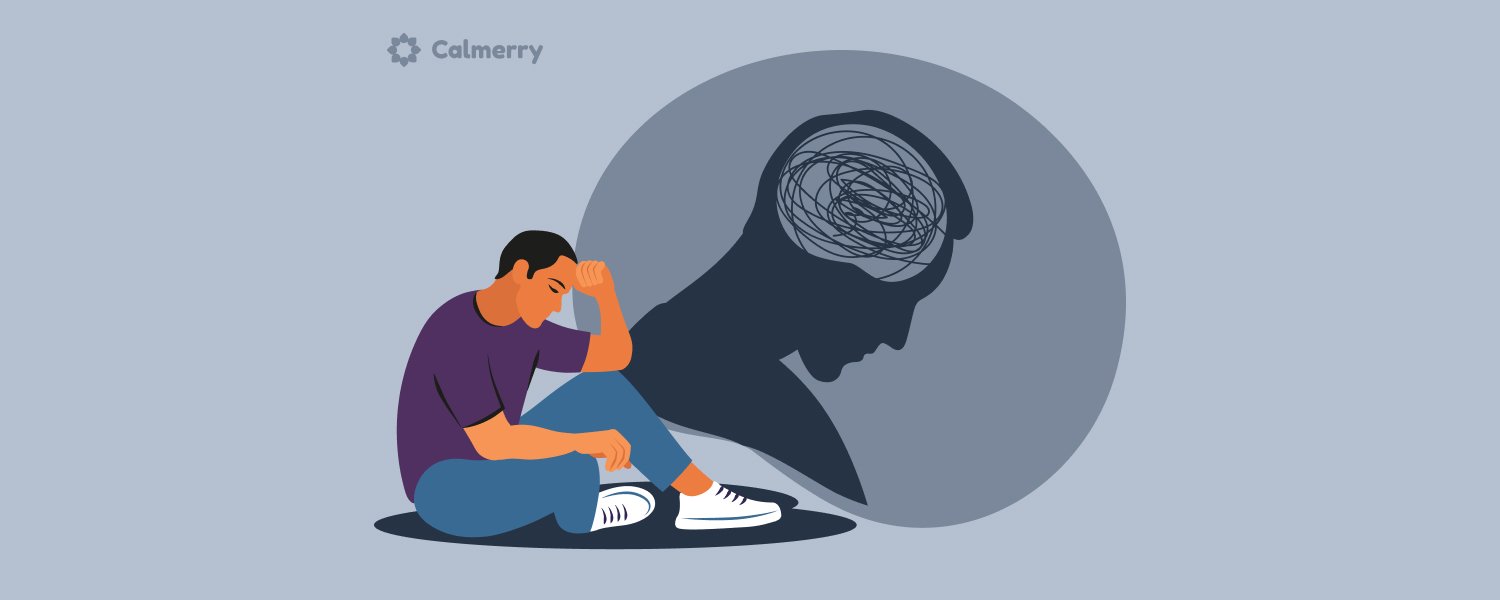Oxygen therapy can be a crucial component in the treatment of chronic respiratory diseases. Proper use of oxygen cylinders can improve the quality of life by providing oxygen to maintain health. It is important to make the right choice when it comes to choosing an oxygen cylinder. To ensure you or a loved one gets the best oxygen therapy, various factors must be taken into consideration, such as cylinder size, oxygen capacity, portability and oxygen delivery type. This guide will help you select the best oxygen cylinder.
Understanding Your Oxygen Needs
Understanding your oxygen needs is the first step to choosing the correct oxygen cylinder. Your healthcare provider will determine your oxygen flow rate (measured as liters per minutes, LPM), and how many hours you use oxygen per day. It is important to know this information in order to select a cylinder which can provide your daily oxygen needs without the need for frequent refills and replacements.
Oxygen Cylinders Types
Oxygen cylinders are available in different types. Each type is designed to meet a specific medical need. Most common types are:
They are the traditional cylinders that contain oxygen gas. These cylinders are simple and reliable, but they can also be bulky and heavy.
Liquid oxygen cylinders: These cylinders store oxygen as a liquid, which makes them more compact and lighter. These cylinders provide more oxygen than compressed gases, but they are also more expensive.
Although not a cylinder they are still worth considering. These devices extract oxygen from air and provide an unlimited supply of oxygen without the need to refill. They are ideal for active users.
Cylinder sizes and capacities
Oxygen cylinders are available in different sizes and capacities. The most common sizes include:
*D Cylinder*: A portable oxygen cylinder with 425 liters, which provides approximately 5 hours of oxygen at 2 LPM.
– *E Cylinder*: A little larger, holds about 680 liters and offers around 8 hours oxygen at 2 LPM.
These compact and portable cylinders can hold up to 255 liters, making them ideal for short-term usage.
*H/K cylinder:* Large stationary cylinders which hold approximately 6,900 liters oxygen. Ideal for home use, when portability isn’t a concern.
The size of the cylinder you choose depends on how much oxygen is needed daily and if it will be used at home or while on the move.
Considerations for Portability
Portability is important for active users who require oxygen therapy outside the home. Portable oxygen concentrators and smaller cylinders are easier for users to transport, giving them more mobility. Some portable oxygen cylinders are available with carrying cases, or can be mounted on wheelchairs or walkers. This makes them ideal for outdoor activities and travel.
Duration of use
Calculate how long your oxygen cylinders will last using the prescribed flow rate. Your healthcare provider can calculate the duration of oxygen cylinders based on how much you use them. However, in general, larger cylinders are more durable and require less refills. It’s important to choose a cylinder large enough to last the entire day or night for those who require oxygen constantly.
Oxygen Delivery Systems
Oxygen cylinders are available in a variety of sizes and styles.
– *Continuous flow:* This oxygen stream is a constant, and it’s typically used by patients who have higher oxygen requirements.
– Pulse Dose : Delivers oxygen by bursts triggered by inhalation. This method is highly efficient and saves oxygen. It’s ideal for portable use.
The choice between pulse dose and continuous flow depends on the specific needs of your medical condition and how frequently you need oxygen.
Refilling, Maintenance and Repair
Take into consideration the ease of maintaining and refilling your oxygen cylinder. With the right equipment you can refill compressed gas cylinders at home, but liquid oxygen systems need to be delivered by a supplier. Portable oxygen concentrators do not require refilling, but regular maintenance is required to maintain optimal performance.
Costs and insurance coverage
It’s important to know if your insurance will cover the cost of oxygen therapy. Some insurance plans may cover oxygen cylinders while others only cover a portion of the costs. Talk to your insurance provider and healthcare provider about the best solution.
Safety Considerations
When using oxygen cylinders, safety is of paramount importance. It is important to adhere to safety rules when using oxygen cylinders. Safety instructions will be provided by your healthcare provider or oxygen suppliers.
Supplier and Support Services
Select a supplier of oxygen who can provide ongoing support including maintenance, cylinder refills and emergency services. A reliable supplier will deliver on time, provide technical support and be available to answer any questions you may have.
Back-up Options
Keep a spare oxygen cylinder handy in case of emergency, especially if your oxygen therapy is used 24/7. Your healthcare provider will be able to advise you on the best options for backup based on your specific needs.
Future-Proofing Your Choice
When choosing an oxygen cylinder, consider your future needs. You may require a larger oxygen cylinder in the future if your condition progresses. Choose a system which can be adapted to meet your changing needs.
conclusion
The right oxygen cylinder can have a direct impact on your health and life quality. You can choose the right oxygen cylinder for your medical needs by understanding your oxygen requirements and exploring different cylinders. Consult your healthcare provider or oxygen supplier for the best solution that fits your lifestyle and your health condition. You can have greater freedom, better health, and peace-of-mind with the right oxygen cylinder.




